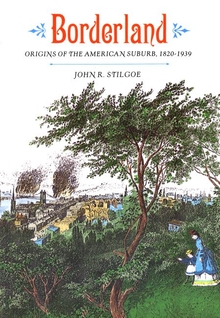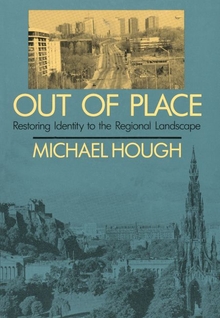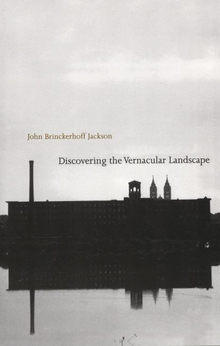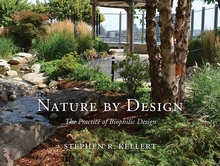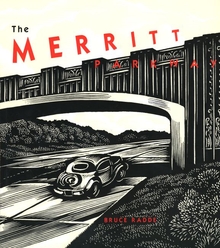Borderland
WARNING
You are viewing an older version of the Yalebooks website. Please visit out new website with more updated information and a better user experience: https://www.yalebooks.com
Origins of the American Suburb, 1820-1939
John R. Stilgoe
“In chronicling this great exodus and its impact—on culture, women architecture, and myriad other aspects of American society—Stilgoe displays with, scholarship, and insight, as well as delight in searching out meanings in his sources…The book itself is handsome and well illustrated, blessed with a lively text, saturated with evocative and vivid detail.”—David Slovic, Philadelphia Inquirer
“Stilgoe’s research is thorough, his approach original and engaging, and his book a delight to read, filled with illustrations—pictorial and verbal—that help illustrate the phenomenon more clearly and deeply.”—Merle Rubin, Christians Science Monitor
“A provocative look at American culture…Borderland makes serious social history accessible and engaging.”—Caryn James, New York Times
“Borderland offers a fresh perspective on the zone between rural space and urban residential rings, and it challenges our assumptions about what constitutes a good life.”—Kenneth Jackson, Progressive Architecture
John R. Stilgoe is the Robert & Lois Orchard Professor in the History of Landscape at Harvard University. He is also the author of Common Landscape of American, 1580 to 1845 and Metropolitan Corridor. Railroads and the American Scene.
"Wonderful sentences and nuggets of odd information."—Eric H. Monkkonen, Western Historical Quarterly
"A welcome addition to the growing body of scholarship dealing with what might loosely be called suburban development. It is a well-written and well-organized synthesis that is richly and pertinently illustrated. . . . An important and useful book. It nicely complements and extends the existing scholarship on North American suburbanization. . . . Provides academics with a solid base of material for courses dealing with suburbanization."—Michael J. Doucet, American Historical Review
"Stilgoe has assembled a fascinating array of documents from the early history of the American residential landscape."—Adam Bickford, American Journal of Sociology
"A unique exploration of the American suburb from the mid-1800s to 1939."—Indiana University School of Public and Environmental Affairs Review
"His study . . . establishes a lineage that is at once impressive and enticing. . . . As an evocation of a broadly held American dream that deserves serious consideration, Borderland is . . . an impressive performance."—Neil Harris, The American Scholar
"A lively book beautifully produced and illustrated."—Richard Marius, Harvard Magazine
"The true heroes of Stilgoe’s story are not industrial workers but the ever energetic, ever mobile commuters of America."—Andrew Saint, Times Literary Supplement
"Stilgoe is breaking important new ground. . . . Borderland is as much about the shifting response of the intellectual classes to suburbia as it is about suburbia."—Christopher Cladwell, The American Spectator
Publication Date: July 25, 1990
198 b/w illus.

